This week marked the return of William Reed’s annual food shows at the NEC, Birmingham. And this year was bigger and better than ever, with big-name speakers and new products as far as the eye could see.
Here are our key takeaways from the three days of exhibitions and talks:
1. Vaping is king
Forget year of the rabbit, this is quite clearly the year of the vape. Disposable vapes, to be precise. Buoyed by their rapid growth in c-stores, disposable brands are now looking to broaden their market.
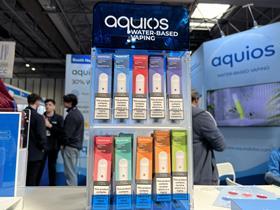
Amid the plethora of brands out there, it takes real ingenuity to stand out. But some exhibitors still managed it. Take AirScream, which has partnered with tattoo artists to create intricate designs for its vapes that are more than just neon colours.
Or the Happy Vibes twist vape, a disposable device that can be filled with four tanks of juice. Regulations permit tanks can only be 20ml capacity maximum, but this device allows you to put multiple 20ml tanks in the single device. It meets the letter of the regulations, if not the spirit.
Of course, the environmental concerns surrounding the pile of waste created by the disposables market has bred innovation, too. The National Convenience Show hosted Aquios, a vape brand that is already the equivalent of ElfBar in Sweden and making waves on the rest of the continent too. Though disposable, it’s made largely of cardboard, making it easier to recycle than its plastic counterparts. And it’s 30% water-based, making way for ‘better for you’ marketing claims.
2. Rapid delivery isn’t dying
While the market for rapid delivery has consolidated hugely in the past 12 months, that doesn’t mean the sector is dying.
In fact, the technology is evolving faster than legislation can keep up with, creating new issues in the process. For example, how can driverless deliveries determine whether you’re delivering to a drunk person?
These were the thoughts from a session that included Tesco’s head of Whoosh Greg Bertrand, Stuart’s UK commercial direct Andrew Jackson-Proes, and Maria Georgiou, insight manager at Lumina Intelligence.
Notably, Tesco’s Bertrand was tight-lipped on whether its one-hour Whoosh was profitable for the retail giant. But it certainly is worthwhile, he told us.
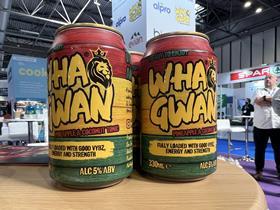
3. Rum may finally have its moment
At the Farm Shop & Deli Show, there was evidence rum might have finally become the next gin. While that prediction has been made many times – and is yet to come to fruition – it turns out many gins have reached their innovation peak.
This has paved the way for a host of other spirits to plug the NPD void. While blood orange gin was once the hot ticket, now it’s rum infused with Seville oranges. Or mixed spirit drinks infused with hibiscus.
These were mixed in with some more out-there products that looked likely to divide opinion. Take Wasabi Vodka by The Wasabi Company, for example. A step too far?
4. Protein is still the top functional ingredient
Functional food was out in force across the shows. As always, protein was the key ingredient. It was added to everything, including water and coffee.
Iceland took the pre-workout pick-me-up in another direction with a caffeinated chewing gum launched by boxer Tyson Fury. The energetic souls at the stand told us it was designed to get gym bunnies going: two pieces contain the same amount of caffeine as a cup of coffee.
5. Marketing is getting creative
TikTok Shop came under the microscope in a session with its head of fmcg e-commerce operations Fred Fishlock, Natalie Furks of Nat’s Kitchen, co-founder of Masters & Co Naveed Bashir, and George Robinson, owner of SoSweet Shop.
Bashir summed it up as the QVC of gen Z. Essentially, it’s live selling for the streaming generation. It creates the impression of a one-to-one experience with the viewer in a crowd of thousands, while offering instant purchases. Follow the hashtags and you’ll find reviews from others who have purchased those same products.
The benefits are many-fold for brands, which can track their success in real time.
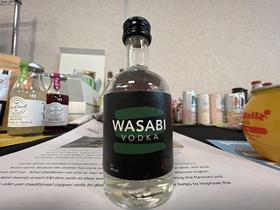
The lessons from the channel – which often features highly engaging presenters – can be applied more widely to marketing. “A content-first approach is where you see your best sales,” Robinson added.
Outside the session, exhibitors were putting a creative marketing approach into practice. While brands were advertising their presence on well-known channels such as Twitter, LinkedIn and Facebook, some enterprising marketeers took to dating apps to encourage individuals to pay a visit to their stand.
6. Cost of living relief is on the horizon
The great and good of the industry came together in a session to talk about the cost of living crisis. All corners of food and drink were covered by FDF CEO Karen Betts, ACS CEO James Lowman, Cold Chain Federation CEO Shane Brennan and David Sheen, public affairs director at UKHospitality.
They all had many challenges in common: rising costs, a drive to keep down prices for consumers and dwindling margins. Betts talked about the impact on suppliers, in particular. Not only are they facing accusations of greedflation, but extra pressures such as extended producer responsibility are coming down the pipeline.
But the panellists all agreed these pressures would reduce as the year went on. It was a welcome note of optimism as the mounting pressures on the industry were laid bare. So when the William Reed shows come around again next year, the picture will hopefully look far more positive.








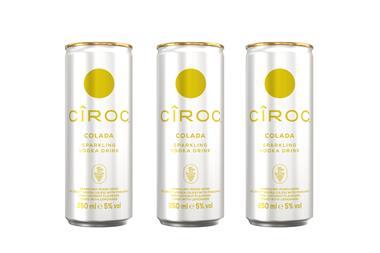
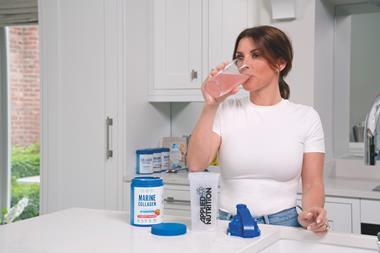

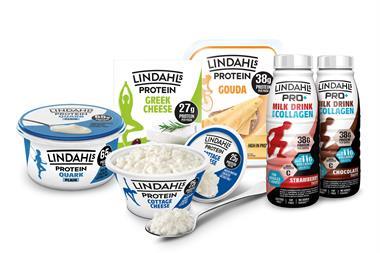

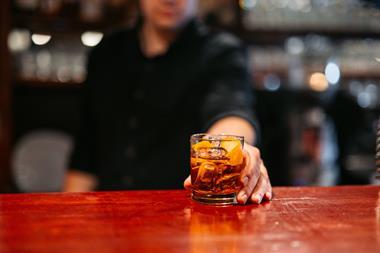


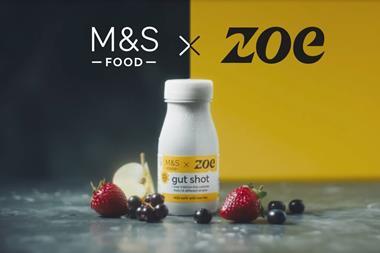
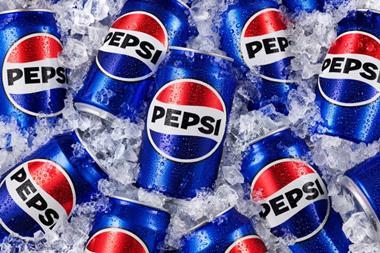
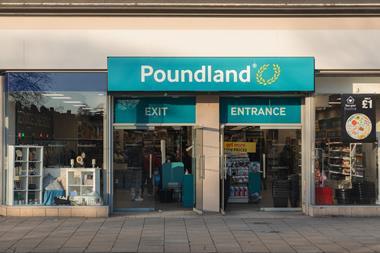

No comments yet